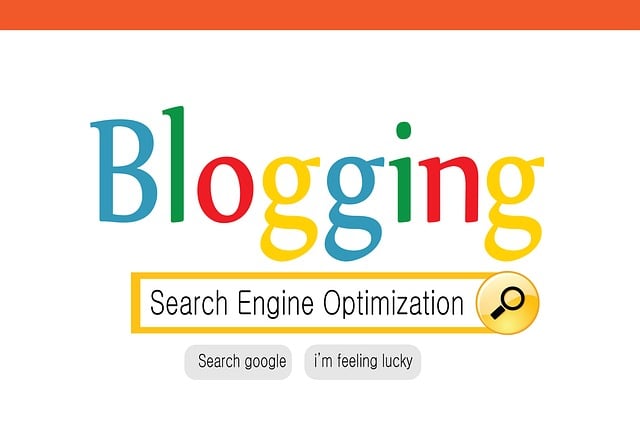Boosting online brand visibility through Search Engine Optimization (SEO) offers numerous benefits in today's digital age. SEO attracts organic traffic, establishes credibility, and helps businesses stand out by optimizing content, building backlinks, and ensuring mobile-friendliness. Understanding user search intent and keyword research are vital for recognizing target audience behavior, improving rankings, and fostering brand-audience connections. Strategic content optimization, UX enhancement, and performance analysis further drive brand recognition and market success.
In today’s digital landscape, brand recognition is paramount. Effective Search Engine Optimization (SEO) transforms online visibility into tangible results, driving organic growth and fostering lasting connections with audiences. This article explores strategic approaches to enhance brand recognition through SEO, focusing on boosting website rankings and engaging search users. We’ll delve into key components like optimizing content, leveraging user experience, and measuring success to unlock the full potential of your online presence and capitalize on the benefits of SEO.
Boosting Brand Visibility Online

In today’s digital era, boosting brand visibility online is paramount for success in the market. Search Engine Optimization (SEO) plays a pivotal role in achieving this goal by enhancing your website’s search engine rankings. The benefits of SEO are multifaceted; it not only drives organic traffic to your site but also builds credibility and trust among potential customers. By optimizing content with relevant keywords, creating high-quality backlinks, and ensuring mobile-friendliness, businesses can increase their online presence and stand out in a crowded digital landscape.
Furthermore, effective SEO strategies enable companies to connect with their target audience by understanding user search intent. This tailored approach ensures that when consumers search for products or services related to your brand, they find you readily available on search engine results pages (SERPs). Ultimately, this increases brand recognition and fosters long-term customer relationships, positioning your business as a trusted and visible leader in your industry.
Understanding Search Intent for Better Optimization

Understanding search intent is a cornerstone of effective SEO strategies, especially when aiming for brand recognition. It involves recognizing that people don’t always search for brands directly; instead, their queries reflect what they’re trying to achieve or learn. For instance, someone might search for “best coffee in town” not because they want to visit your cafe specifically, but because they’re looking for a great place to grab a cup of coffee.
By aligning your content with these underlying intents—whether it’s informative, navigational, transactional, or conversational—you can better cater to user needs and increase the chances of being noticed when someone searches related terms. This approach not only enhances brand visibility but also fosters trust and loyalty by providing valuable information that resonates with your target audience. Ultimately, it boosts your website’s position in search results, driving more potential customers to recognize and engage with your brand.
Keyword Research: Unlocking Recognition

Keyword research is a fundamental step in SEO, and it holds the key to enhancing brand recognition. By understanding your target audience’s search behavior and identifying relevant keywords, businesses can ensure their content resonates with potential customers. This process involves exploring industry-specific terms, customer queries, and long-tail keywords that reflect the unique value proposition of the brand.
The benefits are numerous; it increases visibility by improving search engine rankings, making your brand more discoverable. Well-researched keywords allow for the creation of tailored content that addresses user intent, fostering a stronger connection between the brand and its audience. This strategy not only boosts recognition but also drives organic traffic, leading to increased brand awareness and potential customer conversion.
Optimizing Website Content Strategically

Optimizing your website content strategically is a cornerstone of successful SEO, and it plays a pivotal role in enhancing brand recognition. By integrating relevant keywords naturally into your text, you make your website more searchable and visible to potential customers. This process ensures that when folks search for products or services related to your brand, your website ranks higher on search engine results pages (SERPs). The benefits are manifold: increased organic traffic, improved credibility, and stronger brand authority.
Furthermore, strategic content optimization involves creating valuable, engaging content that addresses the needs and queries of your target audience. This not only attracts visitors but also encourages them to spend more time on your site, thereby lowering bounce rates. Regularly updating your website with fresh content signals search engines that your site is active and relevant, boosting its overall SEO performance and, consequently, brand recognition.
Leveraging User Experience for Higher Rankings

Search Engine Optimization (SEO) isn’t just about attracting more traffic; it’s also about enhancing user experience to encourage visitors to stay longer and interact with your content. This, in turn, signals to search engines that your website is valuable and relevant, leading to improved rankings over time. By optimizing for mobile usability, load speeds, and intuitive navigation, you make your site more appealing to users and search algorithms alike.
Leveraging user experience (UX) as part of your SEO strategy offers significant benefits. Better UX means lower bounce rates, longer session durations, and higher engagement levels—all factors that contribute positively to your website’s authority. Search engines like Google prioritize delivering top results for users’ queries, and a website with excellent UX performs better in this regard, ultimately elevating its search rankings and increasing brand recognition over time.
Measuring Success: Analyzing SEO Performance

Measuring success is a crucial aspect of any digital marketing strategy, and Search Engine Optimization (SEO) is no exception. By analyzing SEO performance, brands can uncover the true benefits of their optimization efforts. Tools like Google Analytics provide valuable insights into website traffic, user behavior, and conversion rates, allowing marketers to understand which strategies are driving the most relevant visitors and conversions.
Regularly reviewing key metrics such as organic search rankings, click-through rates (CTR), bounce rate, and time on page helps identify areas for improvement. For instance, if a brand notices a high bounce rate from a specific keyword, it could indicate that the content doesn’t meet user expectations. This data enables marketers to optimize not only content but also metadata, site structure, and overall user experience to enhance search engine rankings and, ultimately, brand recognition.
